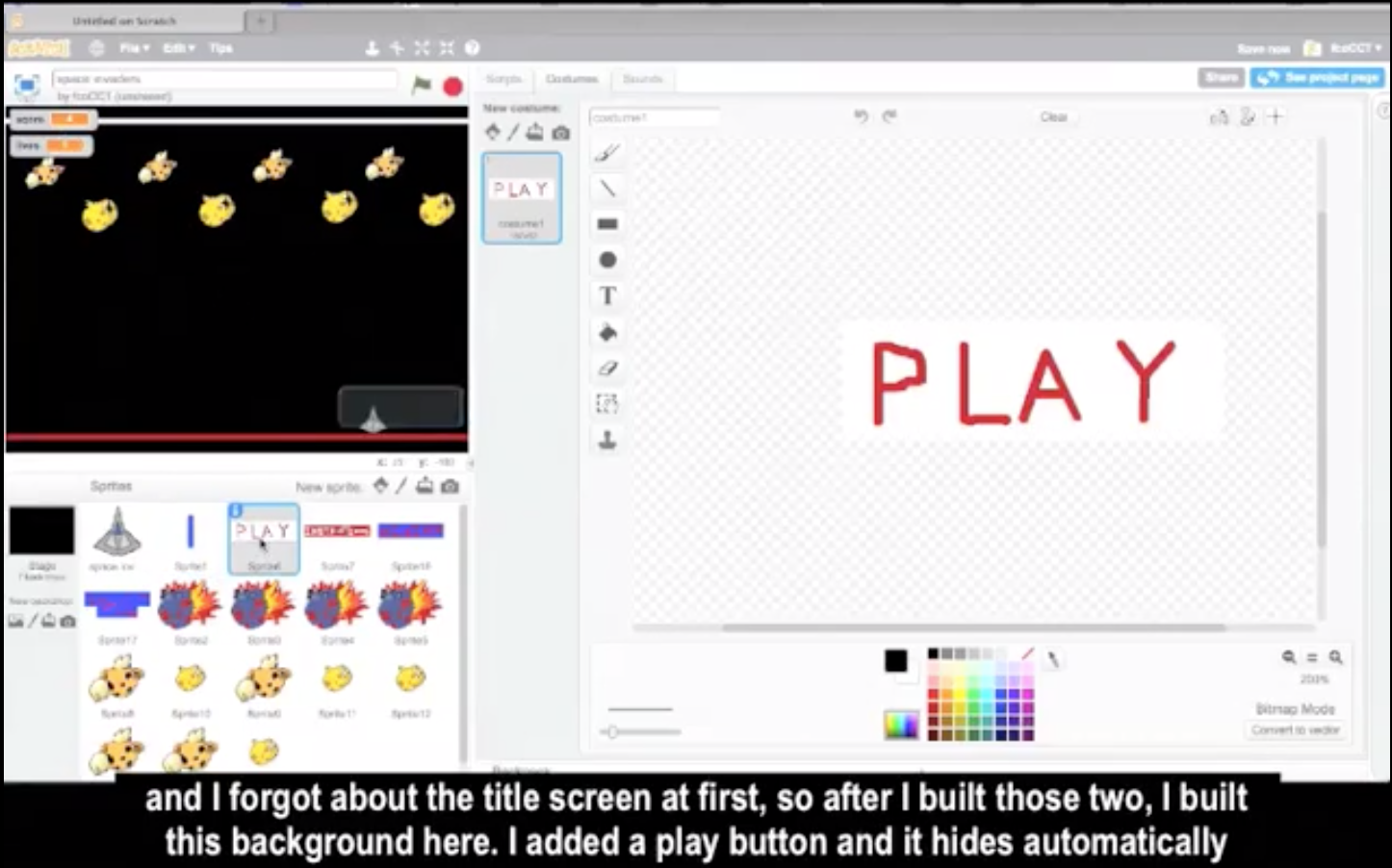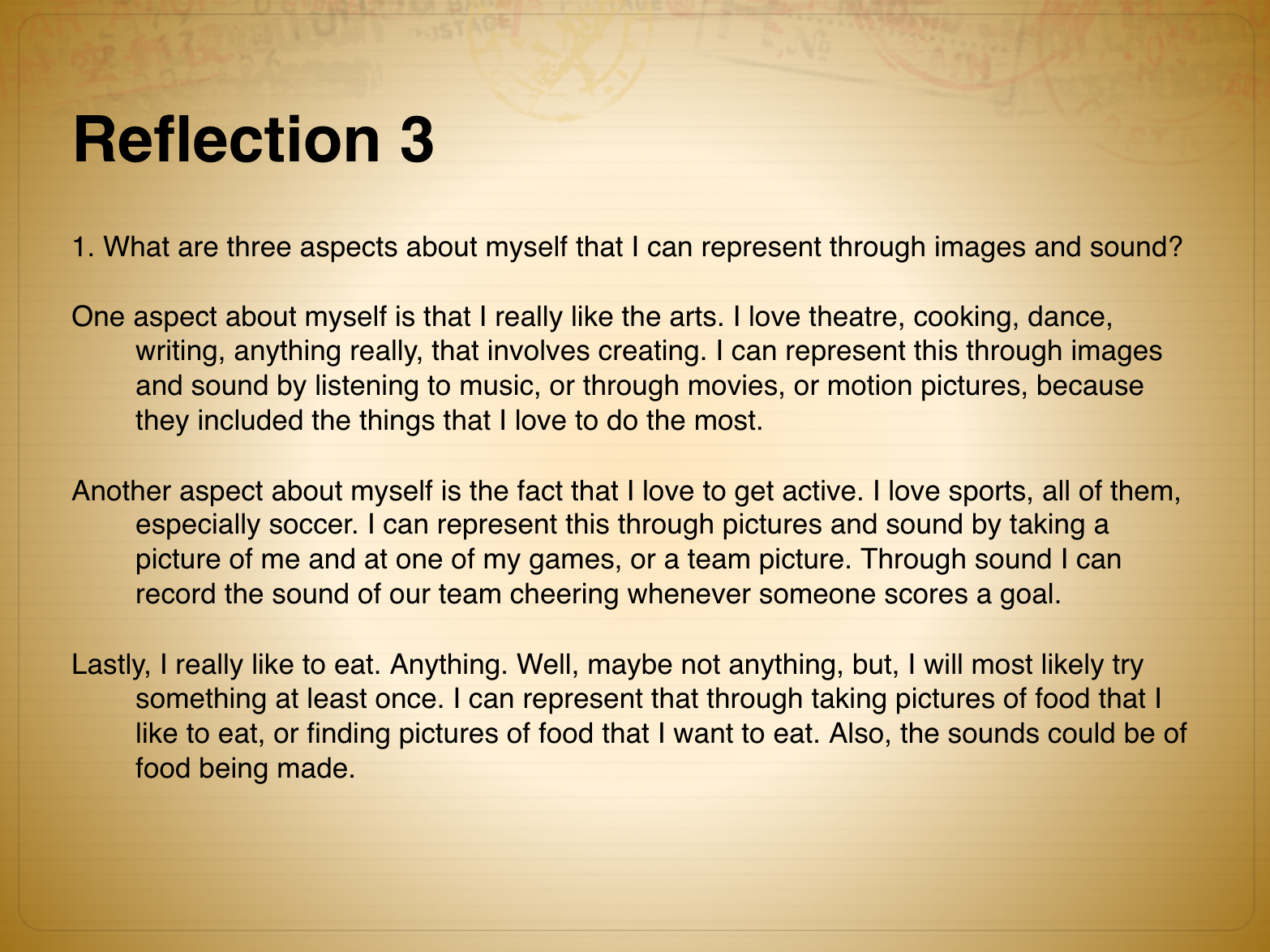Approaches to Assessing Computational Thinking
Here is a peek into the three approaches you'll discover on the site.
1. Artifact-Based Interviews
In this approach, learners are engaged in conversation about their computational products and practices, using work samples to guide the discussion. You'll find an interview protocol, as well as a rubric for assessing Scratch projects through artifacts on the site.

Here you'll find an example of what an educator can learn from a student's artifact-based interview.
2. Design Scenarios
In this approach, learners encounter a series of projects and engage with those projects from four different perspectives: critiquing, extending, debugging, and remixing.

In this scratch project, which exists in a series of three encounters, students are presented with design scenarios, which are framed as projects that were created by another young Scratcher. The students are then asked to select one of the projects from each set, and (1) explain what the selected project does, (2) describe how it could be extended, (3) fix a bug, and (4) remix the project by adding a feature.
3. Learner Documentation
In this approach, learners are engaged in developing reflective traces of their learning, as an accompaniment to their Scratch creations. One approach to learner documentation is to have your students create a design journal in which they reflect on their progress throughout the project.

In the above journal, a student, Nina, reflects on three ways she can represent herself through image and sound. Reflecting in this way, the student has an opportunity to think carefully about their scratch project before diving in, offering some scaffolding to the creative process.
There are so many interesting questions to ask students about projects and creative practices. To learn more about each of these approaches to computational assessment, or to gain more fluency with computational thinking, visit the Computational Thinking site.

